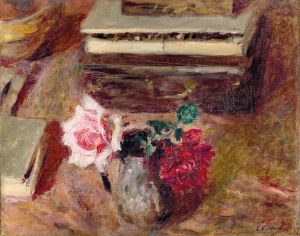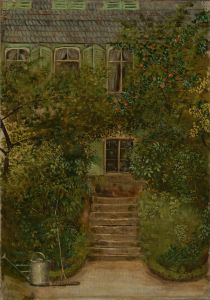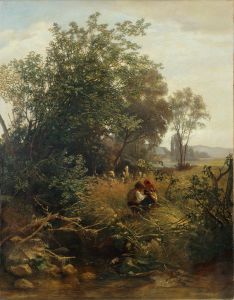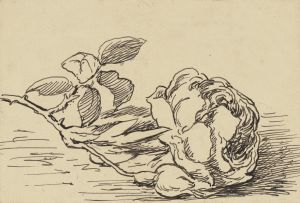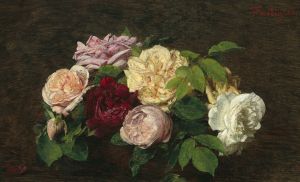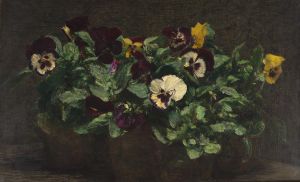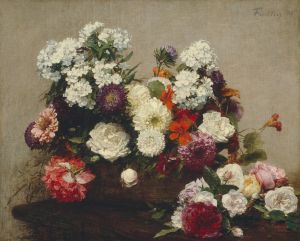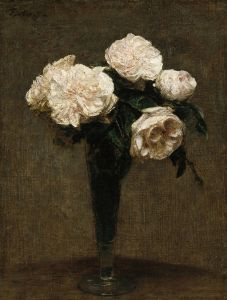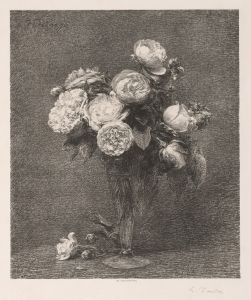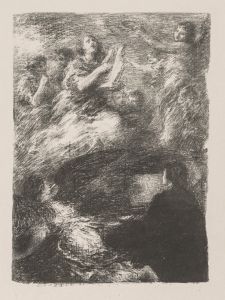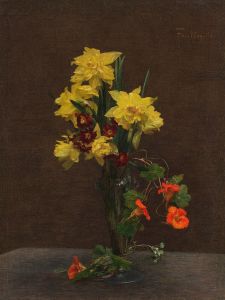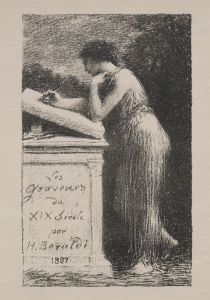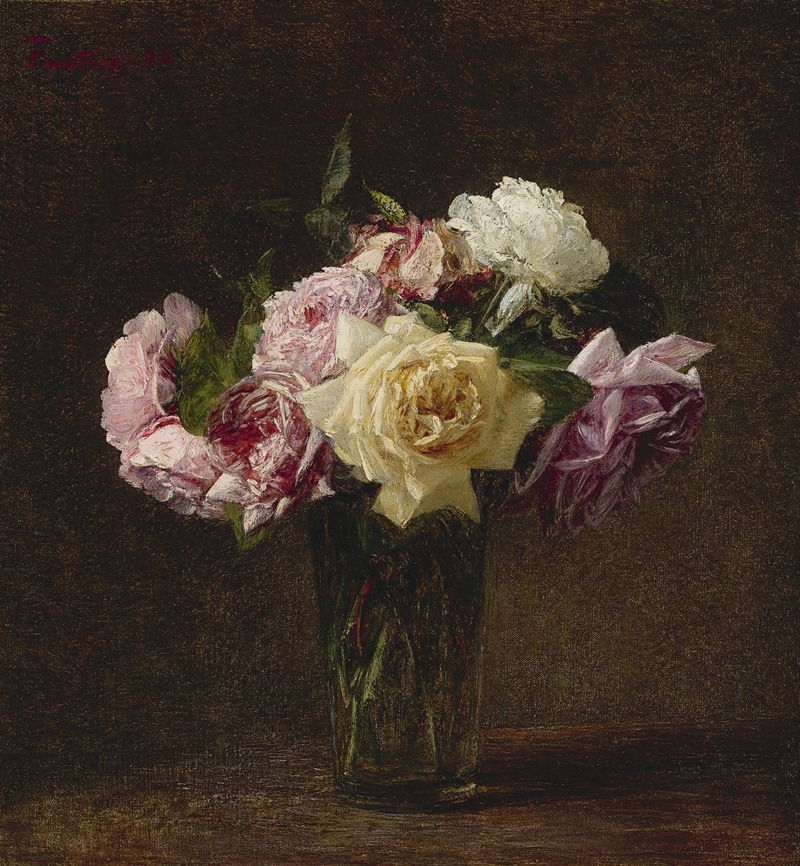
Roses
A hand-painted replica of Henri Fantin-Latour’s masterpiece Roses, meticulously crafted by professional artists to capture the true essence of the original. Each piece is created with museum-quality canvas and rare mineral pigments, carefully painted by experienced artists with delicate brushstrokes and rich, layered colors to perfectly recreate the texture of the original artwork. Unlike machine-printed reproductions, this hand-painted version brings the painting to life, infused with the artist’s emotions and skill in every stroke. Whether for personal collection or home decoration, it instantly elevates the artistic atmosphere of any space.
Henri Fantin-Latour was a renowned French painter known for his exquisite still life paintings and portraits. One of his notable works is "Roses," which exemplifies his mastery in capturing the delicate beauty and subtle nuances of flowers. Fantin-Latour's "Roses" paintings are celebrated for their realistic representation and the artist's ability to convey the texture and vibrancy of the blooms.
Henri Fantin-Latour was born on January 14, 1836, in Grenoble, France. He moved to Paris in 1850, where he studied at the École des Beaux-Arts and developed his skills under the tutelage of several artists, including Gustave Courbet. Although he was initially influenced by the Realist movement, Fantin-Latour found his niche in still life and portraiture, where he could explore his interest in form, color, and composition.
The "Roses" paintings by Fantin-Latour are part of a broader body of work that includes numerous still lifes featuring flowers. These paintings are characterized by their meticulous attention to detail and the artist's ability to capture the ephemeral beauty of flowers. Fantin-Latour's approach to painting roses was methodical and precise, often arranging the flowers in a simple yet elegant manner that allowed their natural beauty to shine.
Fantin-Latour's "Roses" are painted with a soft, diffused light that enhances the delicate petals and subtle color variations of the flowers. The artist often used a muted palette, focusing on shades of pink, white, and red, which he applied with a careful and deliberate brushstroke. This technique allowed him to create a sense of depth and realism, making the flowers appear almost lifelike.
The composition of Fantin-Latour's "Roses" is typically straightforward, with the flowers arranged in a vase or laid out on a table. This simplicity in composition draws the viewer's attention to the intricate details of the roses themselves, highlighting the artist's skill in rendering the texture and form of each petal and leaf. The backgrounds of these paintings are often understated, providing a neutral backdrop that further emphasizes the beauty of the flowers.
Fantin-Latour's still lifes, including his "Roses," were highly regarded during his lifetime and continue to be appreciated for their technical excellence and aesthetic appeal. His work was exhibited at the Paris Salon, and he gained recognition among his contemporaries, including the Impressionists, although he did not fully embrace their style. Instead, Fantin-Latour remained committed to his own artistic vision, focusing on the quiet beauty of his subjects.
Today, Fantin-Latour's "Roses" can be found in various museums and private collections around the world. These paintings are admired not only for their artistic merit but also for their ability to evoke a sense of tranquility and appreciation for the natural world. Fantin-Latour's legacy as a master of still life painting endures, and his "Roses" continue to captivate audiences with their timeless beauty.
Henri Fantin-Latour passed away on August 25, 1904, in Buré, France, leaving behind a rich legacy of art that continues to inspire and delight viewers. His "Roses" remain a testament to his skill and dedication as an artist, capturing the fleeting beauty of nature with grace and precision.





